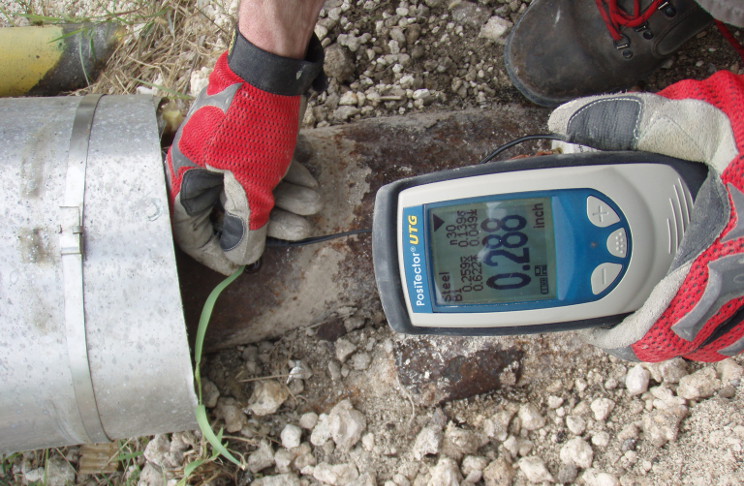Digital Low Resistance OhmMeter (DLRO) and its Importance

In the domain of corrosion engineering and cathodic protection, the tools employed play a significant role in ensuring the precision and effectiveness of the work carried out. One such pivotal tool is the Digital Low Resistance OhmMeter.
This instrument is fundamental in measuring resistance with a high degree of accuracy, which is quintessential in monitoring and maintaining systems that are susceptible to corrosion. This article seeks to elucidate the concept of a Digital Low Resistance OhmMeter and shed light on its importance in corrosion engineering and cathodic protection.
Understanding the Digital Low Resistance OhmMeter
A DLRO is a device that measures electrical resistance values at a low level, usually under 1 ohm, with high accuracy. Unlike standard ohmmeters, they are designed to handle low resistance measurements by passing a known current through the circuit and measuring the voltage drop across the circuit.
Significance of DLRO in Corrosion Engineering and Cathodic Protection
Accurate Measurements:
Accurate resistance measurements are pivotal in corrosion engineering. They provide crucial data that assist engineers in assessing the integrity of protective coatings and systems. They provide precise resistance measurements which are essential for making informed decisions regarding cathodic protection strategies.
System Monitoring:

Regular monitoring of cathodic protection systems is indispensable for ensuring they are functioning optimally. A DLRO is a vital tool for monitoring the performance of these systems, allowing for timely identification and rectification of issues that might otherwise escalate into costly repairs or replacements.
Long-Term Maintenance:
Employing a DLRO for regular inspections and maintenance ensures the long-term reliability and effectiveness of corrosion protection systems. Identifying and addressing minor issues before they burgeon into major problems, is instrumental in extending the lifespan of these systems and ensuring they continue to provide robust protection against corrosion.
Compliance and Reporting:
Many industries require adherence to strict compliance standards regarding corrosion protection. Utilizing this meter enables accurate documentation of system performance and compliance with industry regulations, which is crucial for legal and operational transparency.
Cost Efficiency:
By facilitating precise measurements and enabling proactive maintenance, a DLRO can contribute significantly to cost efficiency. It helps prevent over-expenditure on unnecessary repairs or replacements and ensures the efficiency of corrosion protection strategies.
Conclusion
The Digital Low Resistance OhmMeter is not merely a tool but a linchpin in the realm of corrosion engineering and cathodic protection. Its capability to provide accurate resistance measurements empowers engineers to design, monitor, and maintain cathodic protection systems effectively.
In an era where precision and proactive maintenance are paramount, investing in a DLRO is an astute decision for any entity engaged in combating corrosion and ensuring the longevity of essential infrastructures. Through its diligent use, Qualcorr can significantly uplift the efficacy of its corrosion protection endeavors, ensuring a robust shield against the ravages of corrosion.
